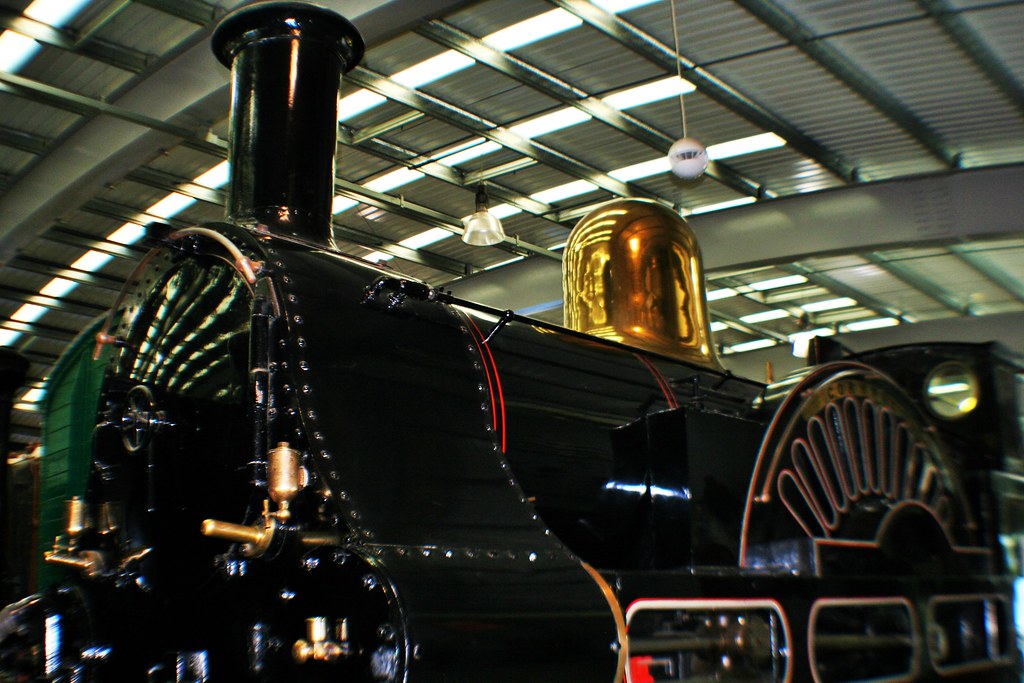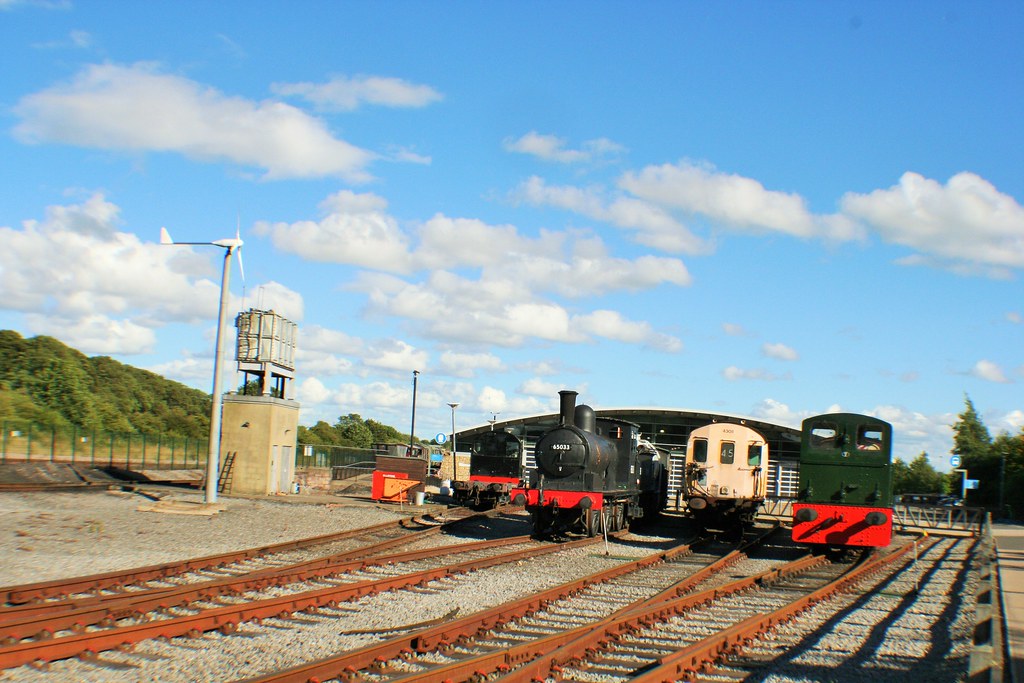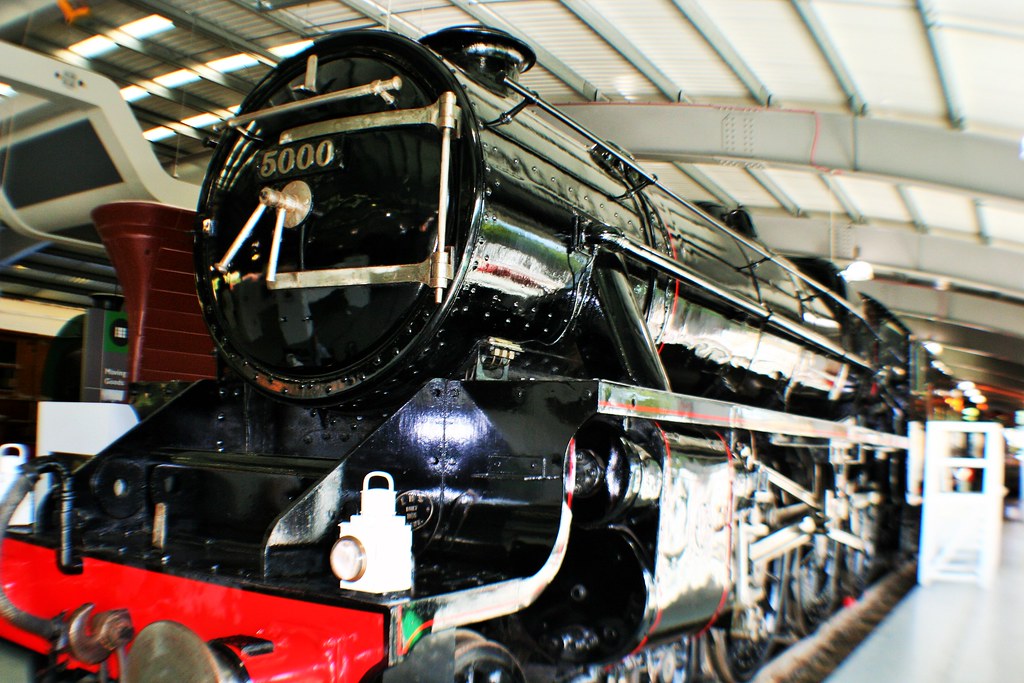George Stephenson: A key influence on the Industrial Revolution
[
George Stephenson's Birthplace, Wylam, England
This evening, I am focusing on George Stephenson (1781-1848) who was one of the principal figures in the engineering sector during the Industrial Revolution in England.
Key facts and information:
- Born into a poor, coal mining family who occupied just one room of the above house which is located about nine miles west of Newcastle-upon-Tyne in N.E. England.
- His parents were illiterate. George did not commence his education until age 17. He paid for lessons from earnings as an engineman at a coal mine.
- Worked as a brakeman, controlling colliery winding gear.
- Became expert in steam-driven machinery.
- Invented a miner's safety lamp.
- Designed his first steam locomotive in 1814, for use at Killingworth Colliery.
- Improved design of cast iron rails to carry steam locomotives.
- Was involved in the design of the Stockton to Darlington Railway which opened in 1825 with wagons pulled by his engine, Locomotion.
- Built first public, inter-city railway to use steam locomotives. This was the Liverpool and Manchester which opened in 1830 using Stephenson designed the 'Rocket' locomotive.
- Stephenson's rail gauge of 4 ft 1/2 inches became the industry standard, worldwide.
- Became first President of the Institution of Mechanical Engineers, in 1847.
- Died age 67 from pleurisy.
- Son, Robert was born 1803. He worked closely with his father on railways and was a noted bridge builder.
The above birthplace is operated by the National Trust and is open to the public.
To further assist understanding here are images form the Locomotion Museum at Shildon, County Durham, England.
 LNWR 3020, Locomotion
LNWR 3020, Locomotion Locomotion
Locomotion LMS Stanier Class 5, Locomotion
LMS Stanier Class 5, Locomotion Sans Pareil, Locomotion
Sans Pareil, Locomotion

Comments
Post a Comment